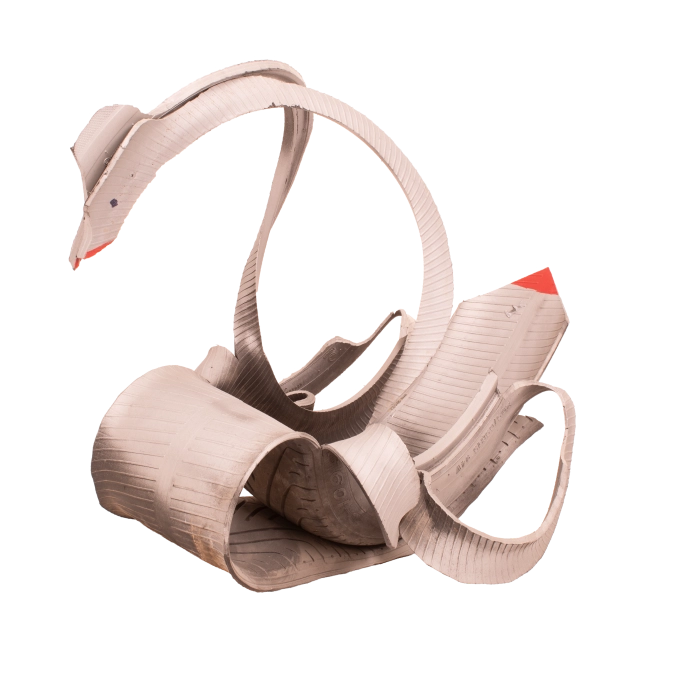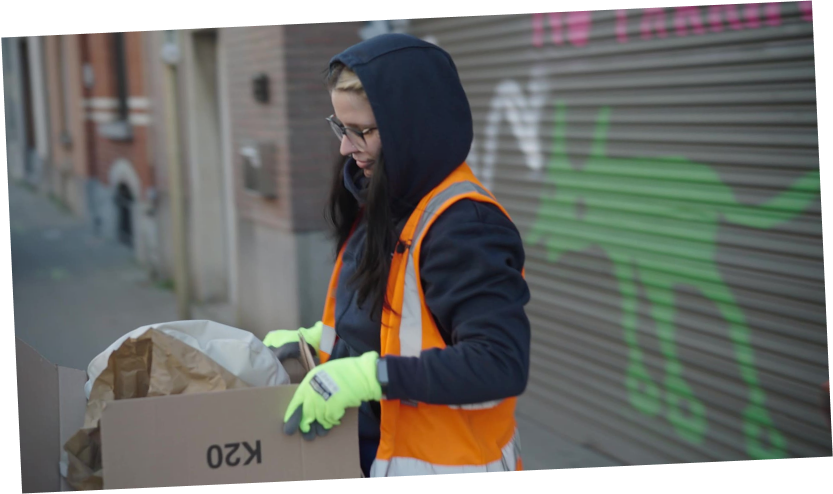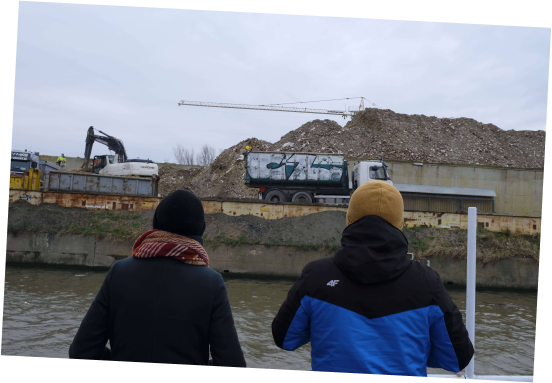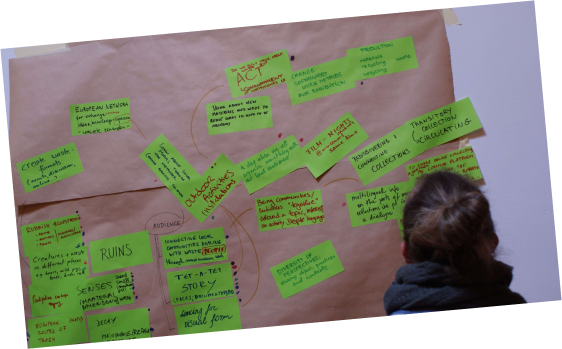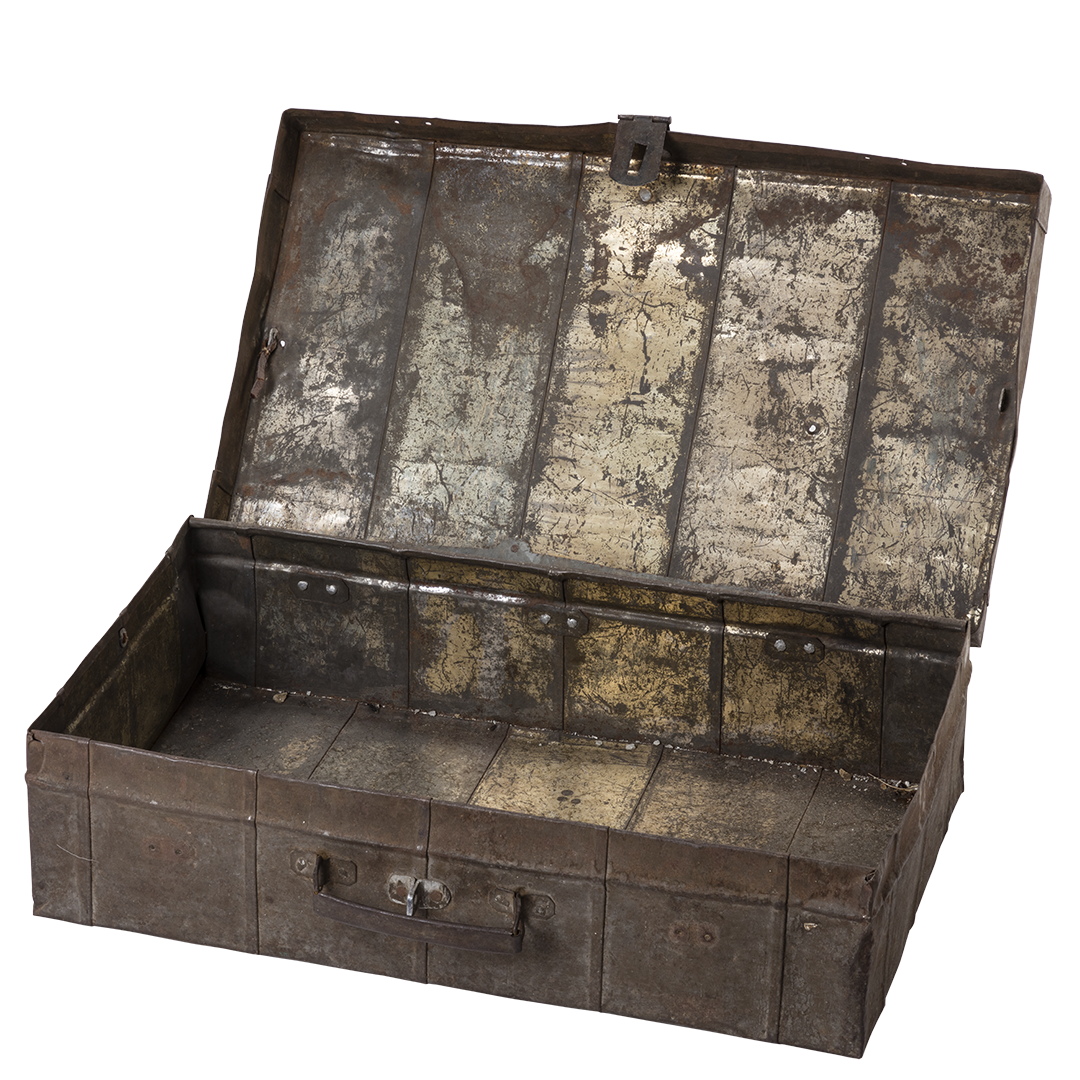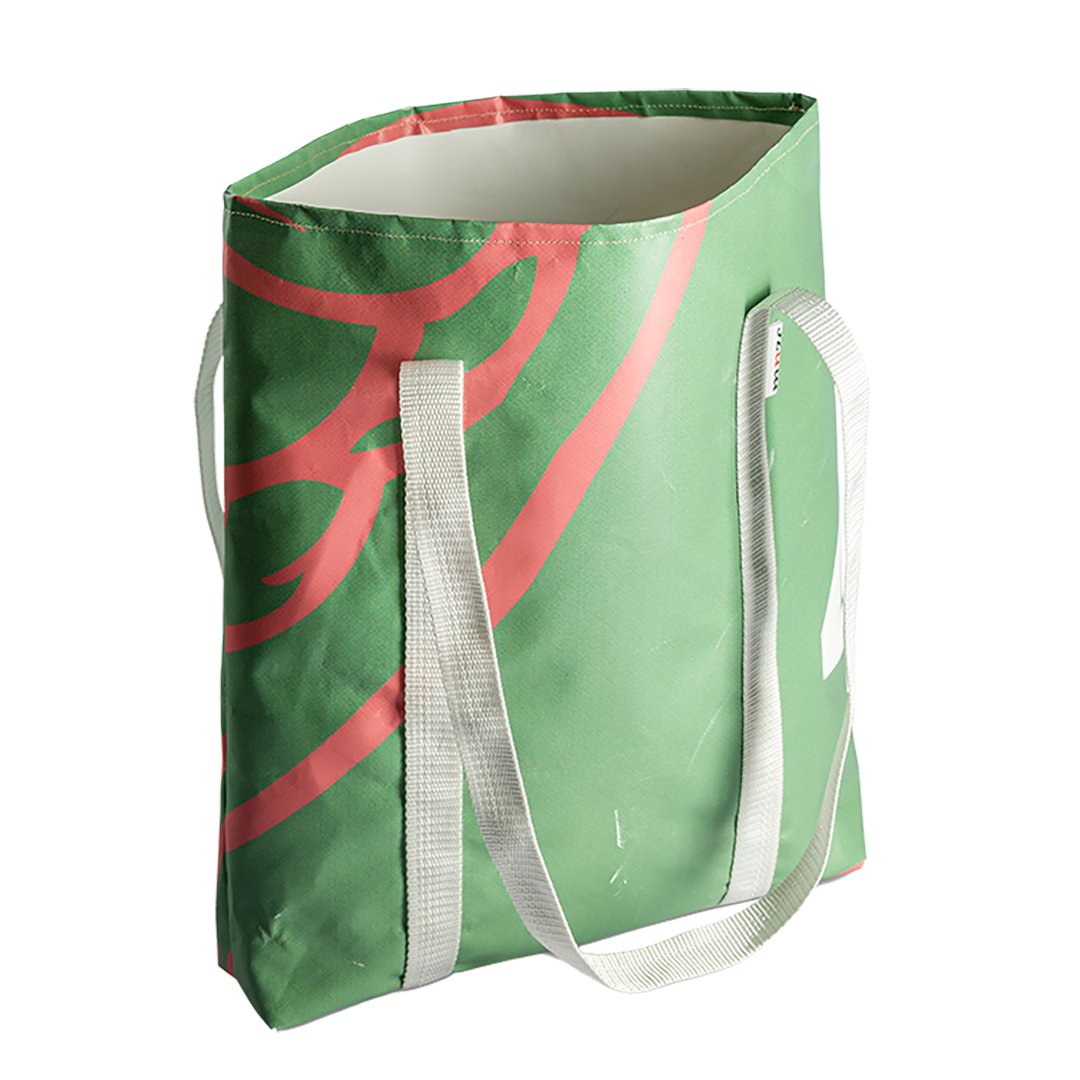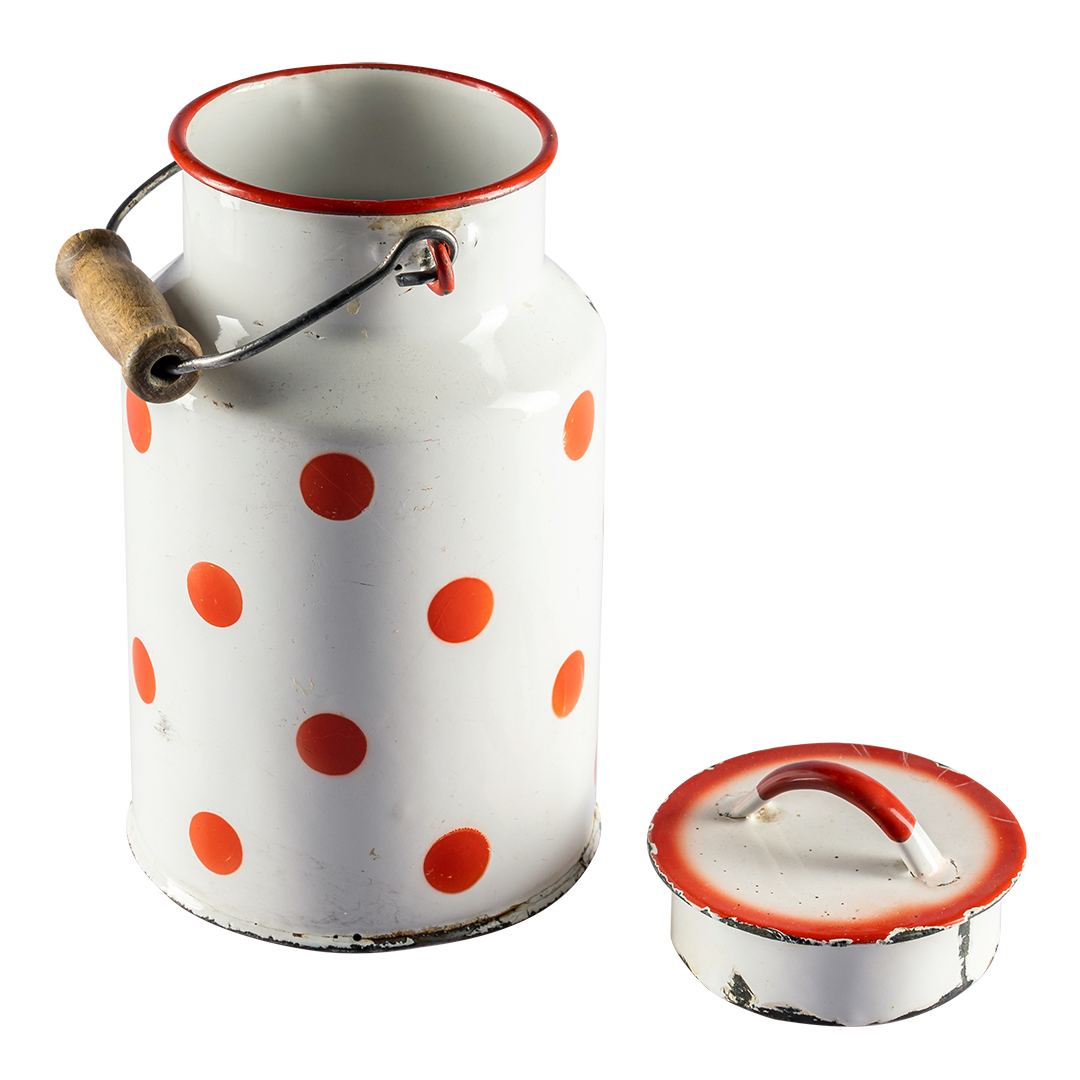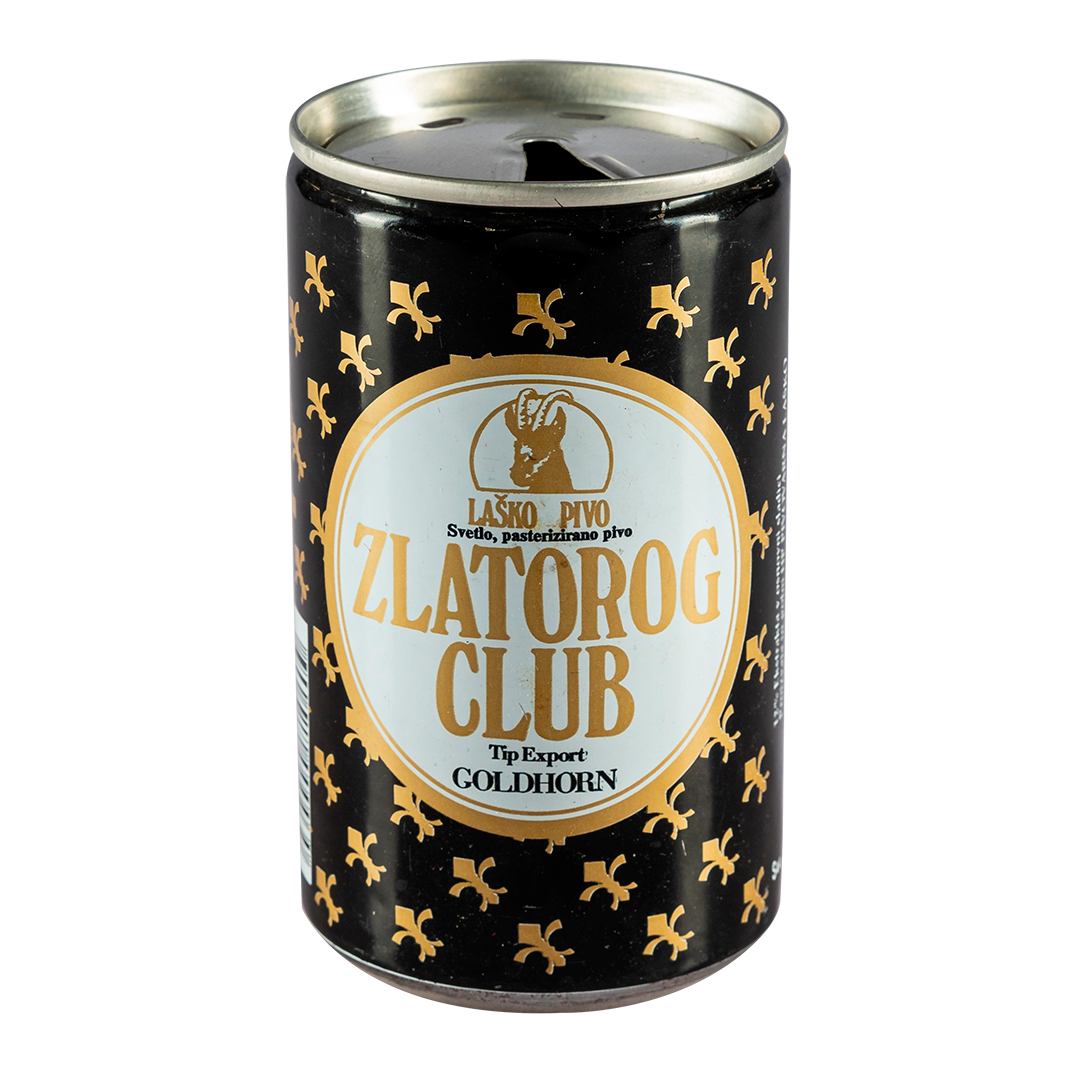Artist/Maker Benvenuti Artemio (1902-1950)
Date Production/Creation
20th century
Entry in the museum collection
Terminus post quem 1950
Place of origin
Ozzano Taro, Collecchio, Parma, Emilia Romagna, Italy, Europe
Current location
Ettore Guatelli Museum foundation, Ozzanno Taro, Italy
Material
Thin sheet of tin that has been assembled and flame-welded without the use of nails
Dimension
17.5 cm x 30 cm x 50.5 cm
Inventory Number 120
Keyword Container Recycle War
Copyright @Ettore Guatelli Museum Foundation
Status On display
Image Credit Mauro Davoli
Humans can be immensely resilient beings. The things we make speak to who we are.
What is this object about, who are the people behind it?
As Ettore Guatelli tells us in an oral account he transcribed, this suitcase, made from recycled tins, belonged to Benvenuti Artemio (1902-1950), a soldier held prisoner in Sidi Barrani, Egypt, between 1940 and 6 January 1946. Guatelli himself describes it as one of the finest objects in his collection, precisely because it is so brimming with life, so steeped in history. A suitcase can tell us many stories; for example, it bears witness to the sheer scale of a journey, of a person’s travels. This was illustrated at the Ettore Guatelli Museum through the installation "Cortina/Warsaw “39” 49 15 000".
What places is this object related to, how European/transnational is it?
Cortina/Warsaw “39” 49 15 000. In the notebooks that would later become the book Storia di Boris, Guatelli writes about getting to know his bedside neighbour at a sanatorium in Cortina d’Ampezzo in 1949. A Polish Jew named Boris who had fled Warsaw in 1939, he was staying at the sanatorium to receive treatment for bone tuberculosis, which he had caught soon after being freed from a Soviet camp in the Komi ASSR in 1941. Guatelli would go on to recount the story of Boris’ 15 000 km journey through Europe as he made his way back to Warsaw.
Why and how did this object arrive in the museum’s collection?
In the words of Ettore Guatelli himself: ‘I feel an affinity not with the canonised writers to whom I find myself compared (although they are often unknown to me), but with the workers and artisans, to whose workshops I would even bring my pupils to marvel at the skill and incredible virtuosity of these true masters. Much of what I know, I owe to these "common" folk, who I hold dear and whose stories I adore.’ (Magni C., Turci M. (ed.), Il Museo è qui. (The Museum is here.) The Ettore Guatelli Museum, Ozzano di Taro, Milan, 2005, Skira)
What is the relation of this object to waste?
The items displayed in the museum bear testimony to a world of spontaneous design based on improvisation. Their uniqueness resides in the farsightedness of those who refused to regard them as objects to be discarded because they were too old and had outlived their usefulness. Spontaneous design bears witness to human creativity in rethinking, adjusting and repairing objects, reflecting the ‘make do and mend’ philosophy of a rural community governed by the economic principles of reuse and recovery. Nothing was thrown away because everything could be used again, repaired ad infinitum, reassembled and put to different uses.

